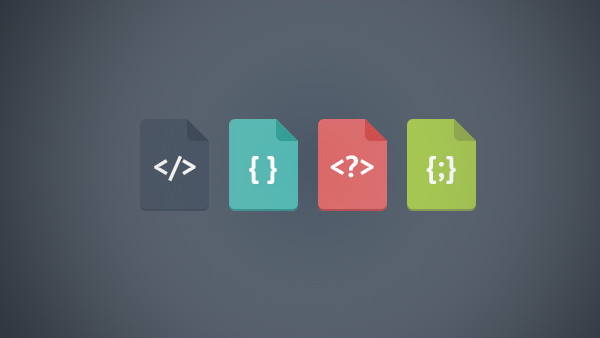1. How to judge element is visible ?
if($(".nav").is(":visible")) {
// This element is visible
}This filter is very power, for example:
<div > <div id="test">This element is hidden. </div>
if ($("#test").is(":hidden")) {
alert("this element is hidden"); // execute
}Inside the jQuery, it use offsetWidth and offsetHeight to judge whether an element
is visible, not through CSS properties visibility or display:
Sizzle.selectors.filters.visible = function(elem){
return elem.offsetWidth > 0 || elem.offsetHeight > 0;
};2. Scroll to an element
// This example doesn't work properly
var eleTop = $("#p2").offset().top;
$("body").scrollTop(eleTop);OK, it’s a trick that we must set selecter to “html, body”:
// Works well
var eleTop = $("#p2").offset().top;
$("html, body").scrollTop(eleTop);Add some animations:
var eleTop = $("#p2").offset().top;
$("html, body").animate({
"scrollTop": eleTop
}, "slow");3. Another way to find the index of an element within a set
In the previous
article, I use the jQuery index method to achieve this.
Below are some other ways:
<ul class="menu"> <li>menu 1</li> <li>menu 2</li> <li>menu 3</li> </ul>
// Previous method
var lis = $("ul.menu li").click(function() {
lis.index(this); // "menu 3" -> 2
}); // Method 1
var lis = $("ul.menu li").click(function() {
alert($(this).prevAll().length); // "menu 3" -> 2
}); // Method 2
var lis = $("ul.menu li").click(function() {
alert(lis.length - $(this).nextAll().length - 1);
}); // Method 3
var lis = $("ul.menu li").click(function() {
alert($.inArray(this, lis));
});4. Loop in a graceful way - $.each
We may loop through object or array like this:
var obj = {
"name": "zhangsan",
"sex": "man",
"age": 21
};
for (var i in obj) {
console.log("key:" + i + " value:" + obj[i]);
}
var arr = ["zhangsan", "lisi", "wanger"];
for (var i = 0; i < arr.length; i++) {
console.log("index:" + i + " value:" + arr[i]);
}Now, with jQuery:
// key:name value:zhangsan
// key:sex value:man
// key:age value:21
$.each(obj, function(i, item) {
console.log("key:" + i + " value:" + item);
});
// index:0 value:zhangsan
// index:1 value:lisi
// index:2 value:wanger
$.each(arr, function(i, item) {
console.log("index:" + i + " value:" + item);
});4. Return false to prevent default and stop propagation
<div id="link2"> <a href="http://www.google.com/" mce_href="http://www.google.com/">Go to Google</a> </div>
$("#link1").click(function(event) {
alert("click link1.");
}); // 1. Only prevent default action of hyperlink, the alert dialog is showing.
$("#link1 a").click(function(event) {
event.preventDefault();
}); // 2. No alert dialog shows
$("#link1 a").click(function(event) {
event.preventDefault();
event.stopPropagation();
}); // 3. This is the same as previous code
$("#link1 a").click(function(event) {
return false;
});

 随时随地看视频
随时随地看视频



